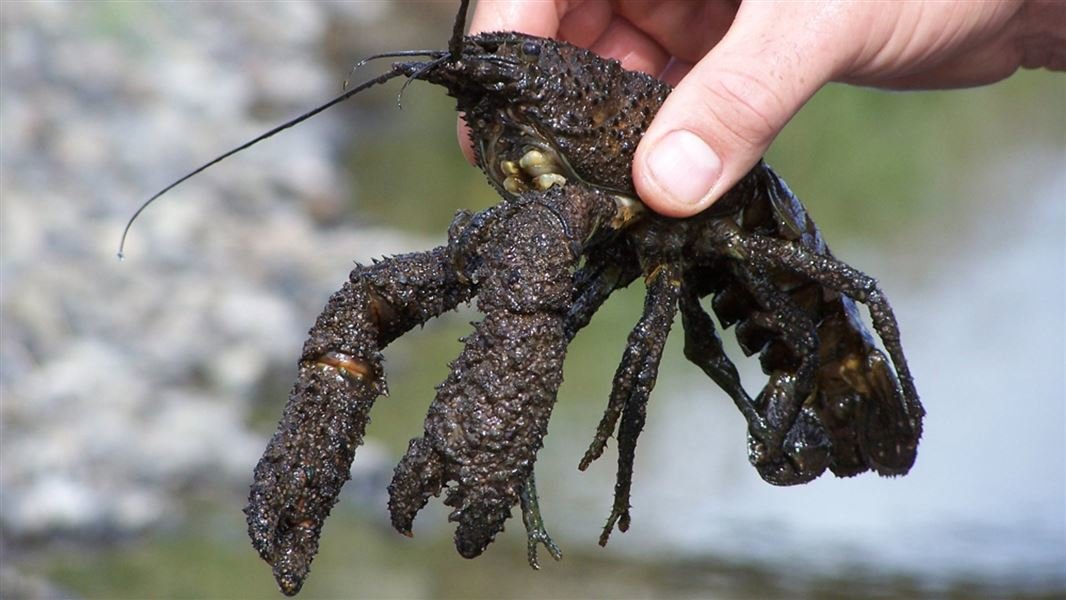Conservation best served fresh: How ethically farming crayfish is helping ensure their survival

Farming a native animal for the dinner plate doesn’t sound like the most ethical conservation move, but for New Zealand’s Koura, it’s proving an effective way to ensure survival while increasing natural habitats and other freshwater life.
Aquaculture manager John Hollows first found out about Koura, native freshwater crayfish, at university. The interest grew quickly and he ended up doing a masters in them.
“I thought they were such a cool thing to work with, so I looked at the land use effects on growth and diet, conservation things I guess, and thought there was potential to farm them if you had a bit of time and a bit of scale.”
Eight years later, Hollows was approached by Ernslaw One, who shared the idea of Koura farming in forests. Fast forward six years and Hollows and his team have multiplied 60 fire ponds in Southland and Otago forestry blocks to 2000, and brought the species back from endangerment.
“I basically got given a blank sheet: ‘here you go, here’s a forest. Start farming.’ Forestry was going through a bit of a slump in dollars at that stage and they were looking for other options to gain revenue, down here it’s predominately Douglas Fir which has a 45-year rotation time.”
He says areas that couldn’t be planted and would typically regenerate into gorse and broom were turned into open water wetland areas. With a strong conservation and environmental ethic, Hollows hasn’t used any artificial products or chemical sprays to farm the Koura.
“So it’s not only the crayfish benefiting, but a whole lot of invertebrate life, and bird life, and frogs are starting to appear as well,” Hollows says.
“Some nights out in the forest you can barely hear yourself think with all the frogs going off.”
He says in the past, environmental concerns haven’t been top of the list for contracting crews, but now they are taking real care and pride in ensuring no trees or sediment get in the waterways.
Hollows got together with Federated Farmers, Fish and Game, DoC, local runanga and forestry companies to broaden the conversation about clean waterways and how to look after Koura, saying: “if you can get the crayfish back you have to look after the habitat and environment, and if you look after the environment then everything else flows around it”.
“While they are really tough on some fronts, they’re quite susceptible to sediment and chemical use and it doesn’t take much tweaking of what everyone is doing at the moment to look after the waterways.”




